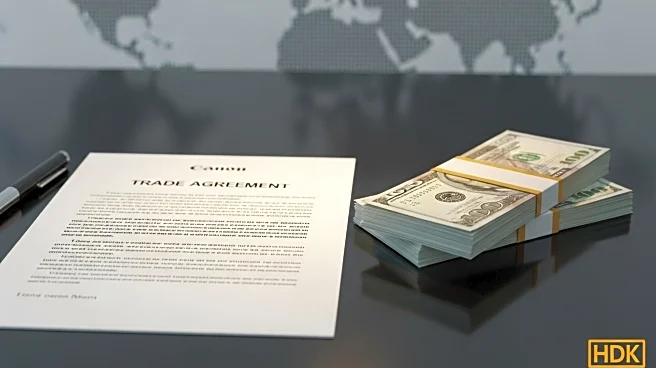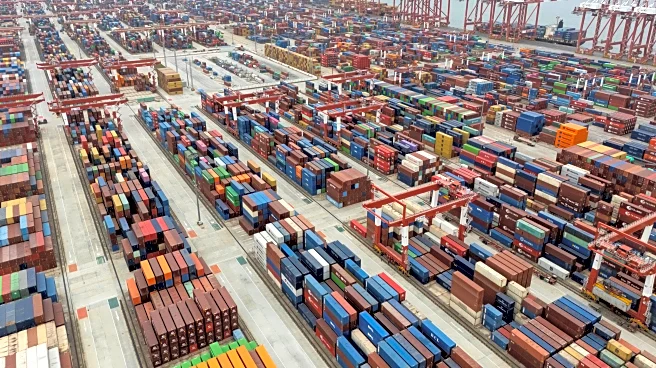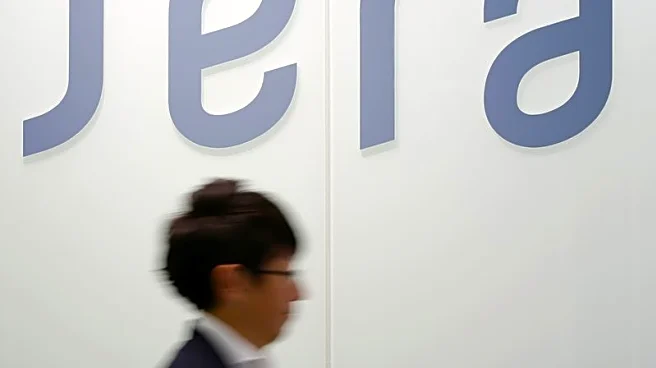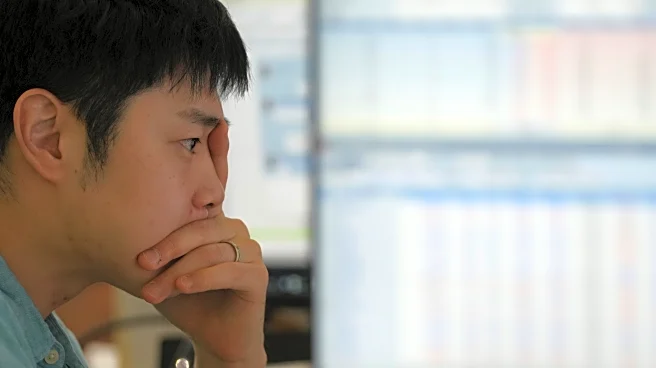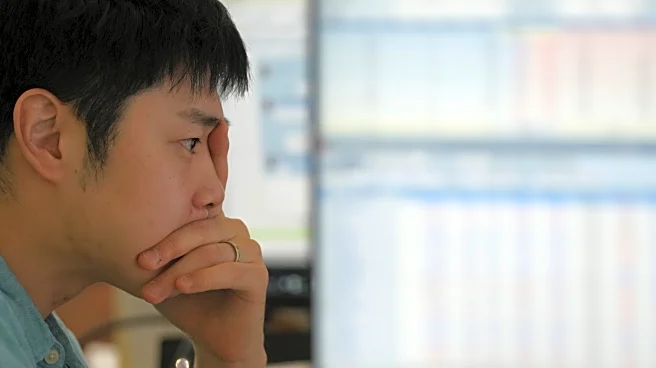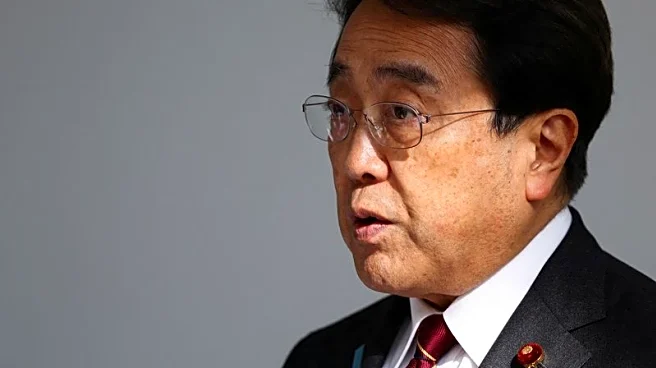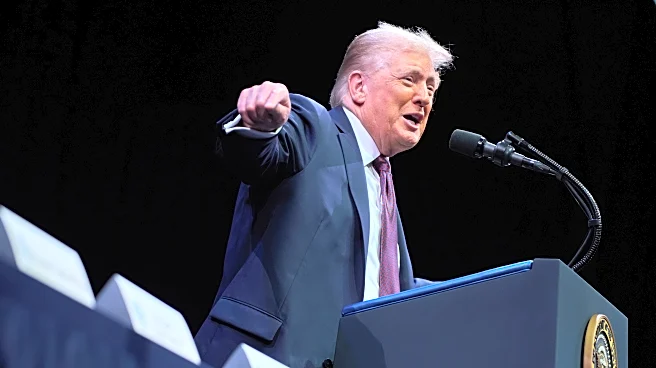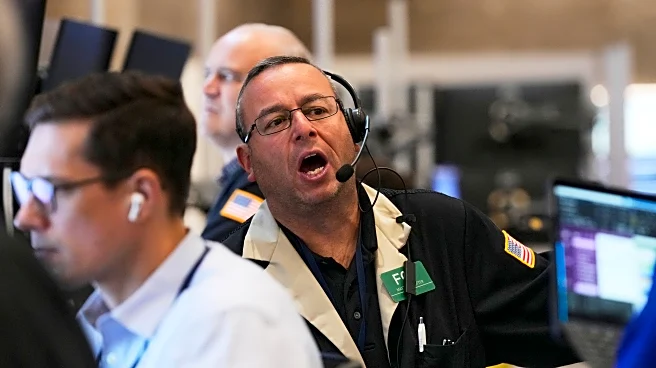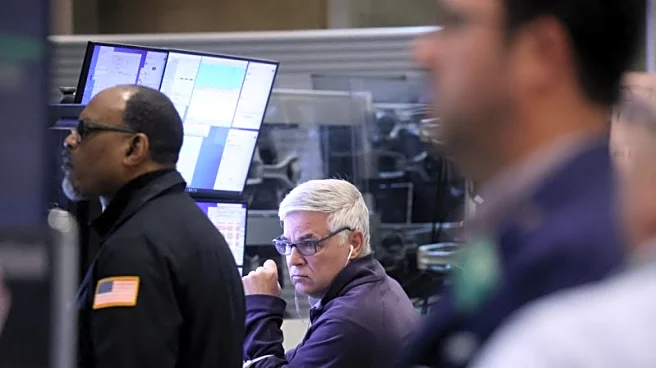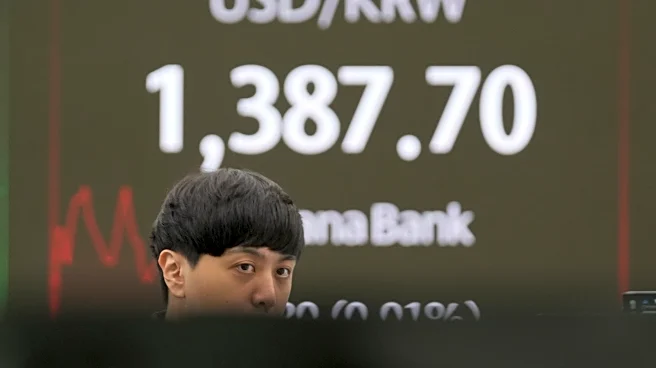What is the story about?
What's Happening?
The United States and Japan have signed a memorandum of understanding (MOU) regarding Japan's anticipated $550 billion investment program in the U.S. This agreement coincides with President Trump issuing an executive order to reduce selected U.S. tariffs on Japanese goods. The MOU outlines the establishment of a fund to facilitate large-scale investments in the U.S., with a focus on sectors such as semiconductors and pharmaceuticals. The agreement also includes reciprocal tariffs and exemptions for certain products, aiming to enhance economic relations between the two countries.
Why It's Important?
This trade agreement is significant as it aims to strengthen economic ties between the U.S. and Japan, potentially boosting investment in critical sectors like semiconductors and pharmaceuticals. The reduction in tariffs could enhance the competitiveness of Japanese goods in the U.S. market, benefiting industries and consumers. Additionally, the $550 billion investment fund may lead to increased infrastructure development and job creation in the U.S., fostering economic growth.
What's Next?
Further developments are expected as the agreement evolves, with details on refund procedures and tariff adjustments anticipated. Stakeholders in sectors such as automotive, steel, and semiconductors should monitor regulatory announcements for changes in tariff rates and compliance requirements. The political landscape in Japan may also influence the implementation of the MOU, with potential leadership changes affecting negotiations.
Beyond the Headlines
The agreement may set a precedent for future trade deals between the U.S. and other countries, influencing global trade dynamics. The focus on strategic sectors like semiconductors highlights the importance of technological advancements and supply chain security in international relations.
AI Generated Content
Do you find this article useful?
